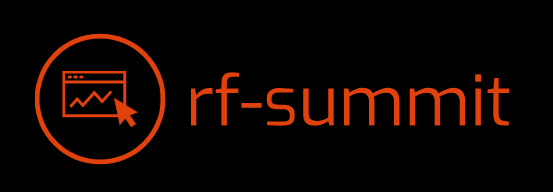Driving the New Toyota Supra First Impressions
First Impressions: A Striking Silhouette
Pulling up to the dealership, the Supra’s lines immediately grabbed my attention. It’s a car that demands a second glance, a modern interpretation of a classic sports car design. The sculpted curves, aggressive stance, and overall proportions are simply stunning. The paint job shimmered under the sun, highlighting the car’s athletic physique. It’s aggressive without being over the top, sophisticated yet undeniably sporty. This isn’t a car that blends into the background; it commands presence.
Stepping Inside: A Driver-Focused Cockpit
Slipping into the driver’s seat felt instantly comfortable. The supportive sports seats hugged me perfectly, providing excellent lateral support, even before I’d started the engine. The layout is driver-centric, with everything within easy reach. The steering wheel felt substantial in my hands, perfectly weighted, promising a rewarding driving experience. The infotainment system is intuitive, albeit a little understated compared to some of the flashier systems on the market. However, its simplicity was appreciated; I could easily access the navigation and music without distraction.
The Thrill of Acceleration: Unleashing the Power
The moment I pressed the accelerator, the Supra sprang to life. The engine’s roar is a captivating blend of power and refinement, a soundtrack perfectly matched to the car’s athletic character. Acceleration is brisk and linear, providing a consistent surge of power that pushes you back in your seat. The transmission shifts smoothly and quickly, responding instantly to my inputs. This isn’t just fast; it feels exhilarating, a visceral experience that leaves you breathless.
Handling and Road Feel: Precision and Control
The Supra’s handling is where it truly shines. It carves through corners with remarkable precision, the steering feeling perfectly weighted and responsive. There’s a delightful balance between comfort and sportiness; it’s firm enough to feel connected to the road but not so harsh as to be uncomfortable on less-than-perfect surfaces. The car felt agile and nimble, inspiring confidence even on winding roads. Body roll is minimal, enhancing the overall feeling of control and precision.
Technology and Features: A Blend of Old and New
While not overflowing with cutting-edge technology, the Supra offers a well-curated selection of features. The infotainment system, as previously mentioned, is user-friendly, and the driver-assistance features provide a good level of safety without being intrusive. The heads-up display is a welcome addition, projecting important information directly onto the windshield, keeping your eyes focused on the road. The balance between modern tech and a focus on the core driving experience is a welcome change in today’s increasingly complex automotive landscape.
Ride Comfort and Practicality: A Daily Driver?
Surprisingly, for a sports car, the Supra offers a decent level of ride comfort. While it’s certainly firmer than a family sedan, it’s not jarringly harsh, even on uneven roads. Practicality, however, is more limited. The trunk space is relatively small, limiting its usefulness for hauling larger items. Rear-seat space is also minimal, suitable only for very short journeys or small children. This car is clearly designed for the enthusiast driver who prioritizes performance and




































































